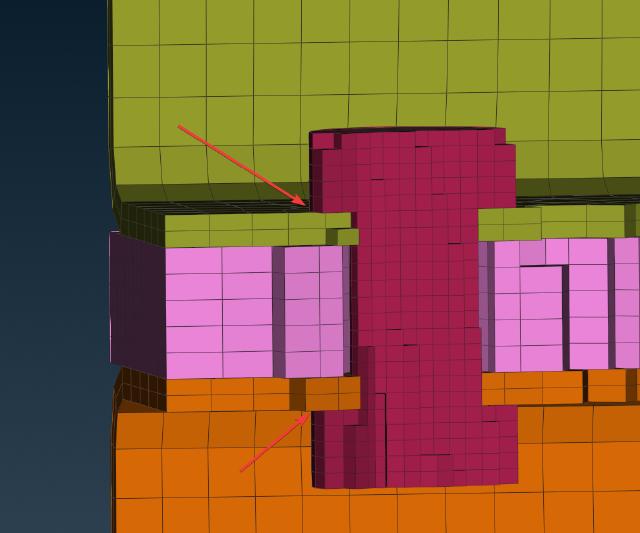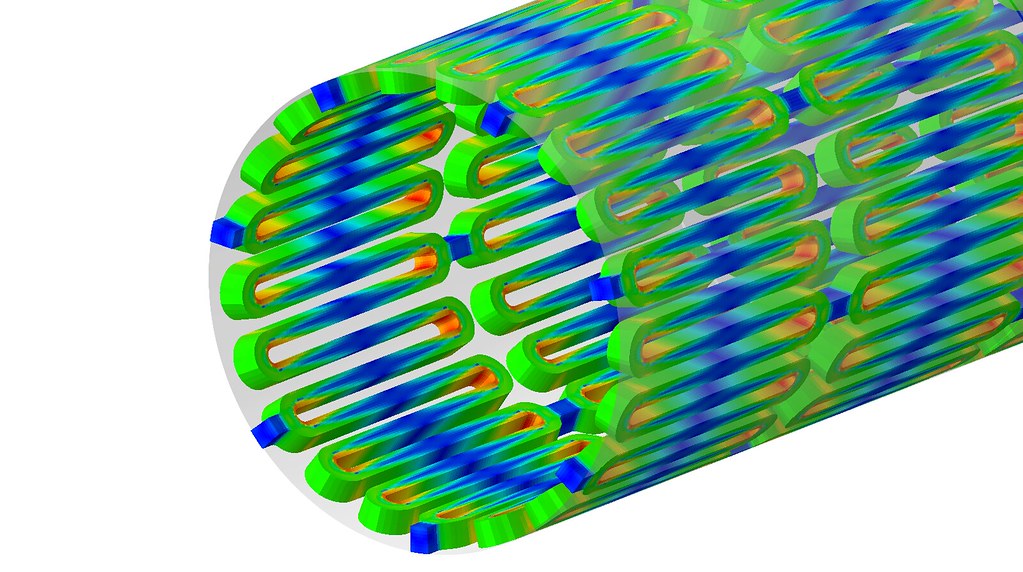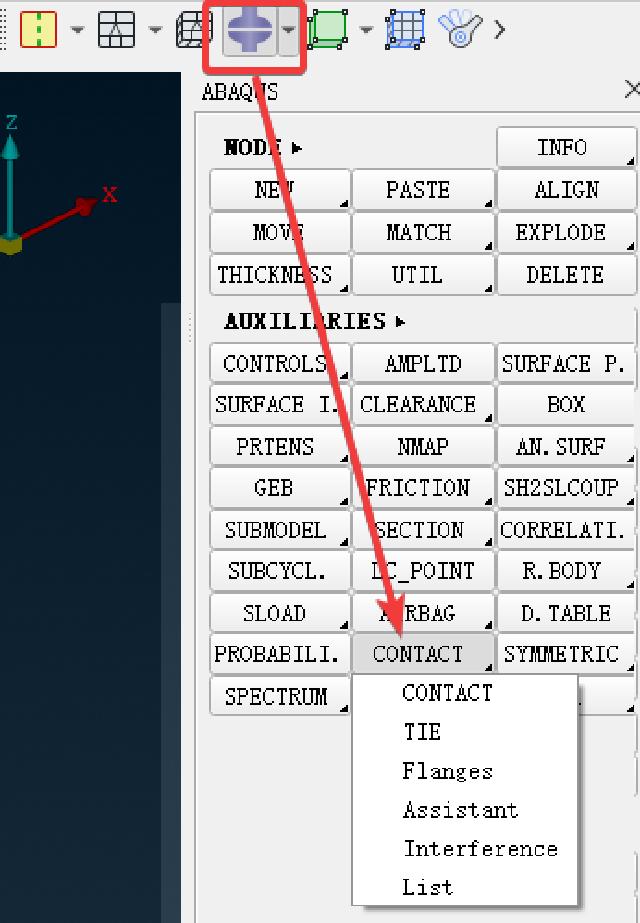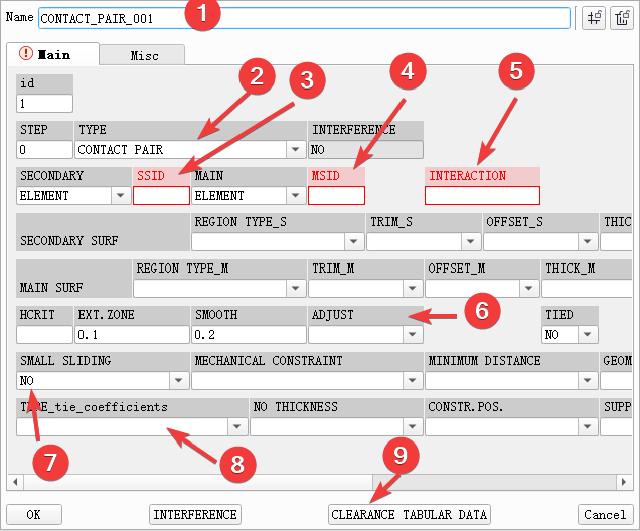Ansa as Abaqus pre-processing analysis bolt pretension setting
When Ansa is used as Abaqus preprocessor for analysis, the problem of applying bolt pretension is often encountered. In addition to the complex settings, it is also easy to make mistakes, and various problems may occur if you are not careful. The following records the Ansa bolt pretension setting process and some easy mistakes, which will be used as a reference for related analysis later.
1. Solid+Assistant
The connection between the solid bolt and the flange surface must be established first. For details, please refer to Abaqus contact settings 。




